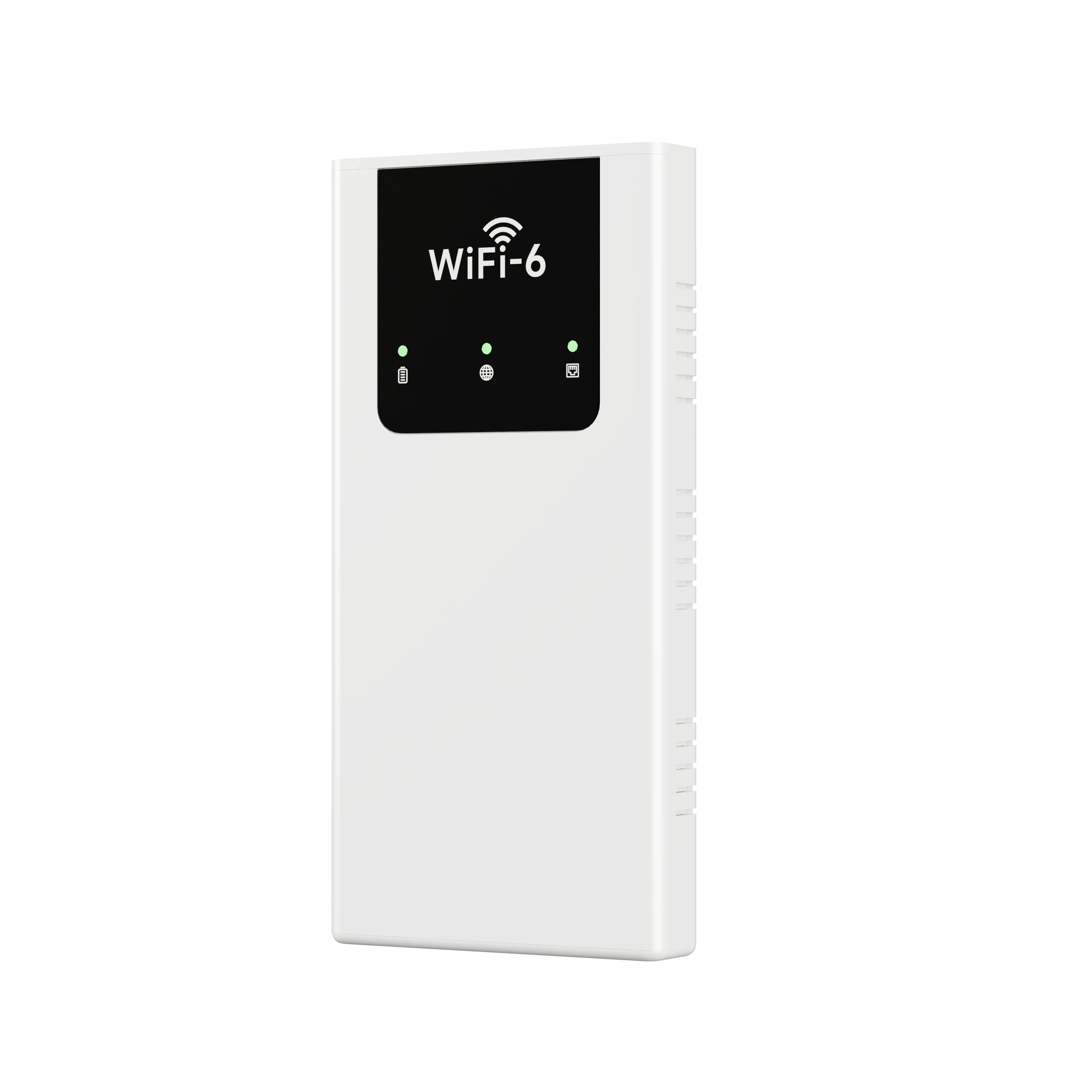Navigating the Challenges of Defective Equipment: Essential Steps for Safety and Compliance
In any industry, the presence of defective equipment poses significant risks—not only to operational efficiency but also to the safety of personnel and the integrity of products. Addressing defective equipment is not merely a matter of replacing faulty items; it requires a comprehensive approach that encompasses identification, assessment, remediation, and prevention. This article delves into the critical steps that must be taken when dealing with defective equipment, ensuring compliance with industry standards and safeguarding both employees and assets.
- Identification of Defective Equipment
The first step in managing defective equipment is accurate identification. This process involves:
- Regular Inspections: Implementing a routine inspection schedule can help in early detection of defects. Inspections should be thorough and cover all operational aspects, including mechanical, electrical, and software components.
- Employee Reporting Mechanisms: Encourage employees to report any anomalies or malfunctions they observe. Establishing a clear reporting protocol can facilitate quicker identification of defects.
- Utilizing Technology: Employing advanced diagnostic tools and software can aid in identifying defects that may not be immediately visible. Predictive maintenance technologies can analyze equipment performance data to forecast potential failures.
- Assessment of Risks
Once defective equipment is identified, a thorough risk assessment must be conducted. This involves:
- Evaluating the Severity of the Defect: Determine whether the defect poses an immediate safety risk or if it could lead to long-term operational issues. Classifying defects into categories (critical, major, minor) can help prioritize actions.
- Impact Analysis: Assess how the defective equipment affects overall operations, including potential downtime, financial implications, and safety hazards. This analysis should also consider regulatory compliance and potential legal ramifications.
- Remediation Strategies
After assessing the risks, organizations must implement effective remediation strategies. Options include:
- Repair or Replacement: Depending on the severity and nature of the defect, decide whether to repair the equipment or replace it entirely. Factors such as cost, downtime, and the criticality of the equipment should influence this decision.
- Recalibration and Maintenance: In some cases, recalibrating or performing routine maintenance on the equipment may resolve the defect without the need for extensive repairs or replacements.
- Documentation and Reporting: Maintain detailed records of all defects, assessments, and remediation actions taken. This documentation is crucial for compliance with industry regulations and can serve as a reference for future incidents.
- Implementing Preventive Measures
To mitigate the recurrence of defective equipment, organizations should adopt preventive measures:
- Training and Education: Regular training sessions for employees on proper equipment use and maintenance can significantly reduce the likelihood of defects arising from human error.
- Quality Control Processes: Establish stringent quality control measures during the procurement process to ensure that only reliable equipment is acquired. This includes evaluating suppliers and conducting thorough testing of new equipment before deployment.
- Continuous Monitoring: Implement a continuous monitoring system that tracks equipment performance in real-time. This proactive approach can help identify potential issues before they escalate into significant defects.
- Compliance and Regulatory Considerations
Finally, organizations must ensure that their handling of defective equipment complies with relevant industry regulations. This includes:
- Adhering to Safety Standards: Familiarize yourself with local and international safety standards applicable to your industry. Compliance not only protects employees but also shields the organization from legal liabilities.
- Reporting Obligations: Be aware of any mandatory reporting requirements for defective equipment. Failure to report can result in severe penalties and damage to the organization’s reputation.
Conclusion
Dealing with defective equipment is a multifaceted challenge that requires a proactive and systematic approach. By identifying defects promptly, assessing risks accurately, implementing effective remediation strategies, and adopting preventive measures, organizations can safeguard their operations and ensure compliance with industry standards. Ultimately, a commitment to quality and safety not only enhances operational efficiency but also fosters a culture of accountability and excellence within the workplace.
